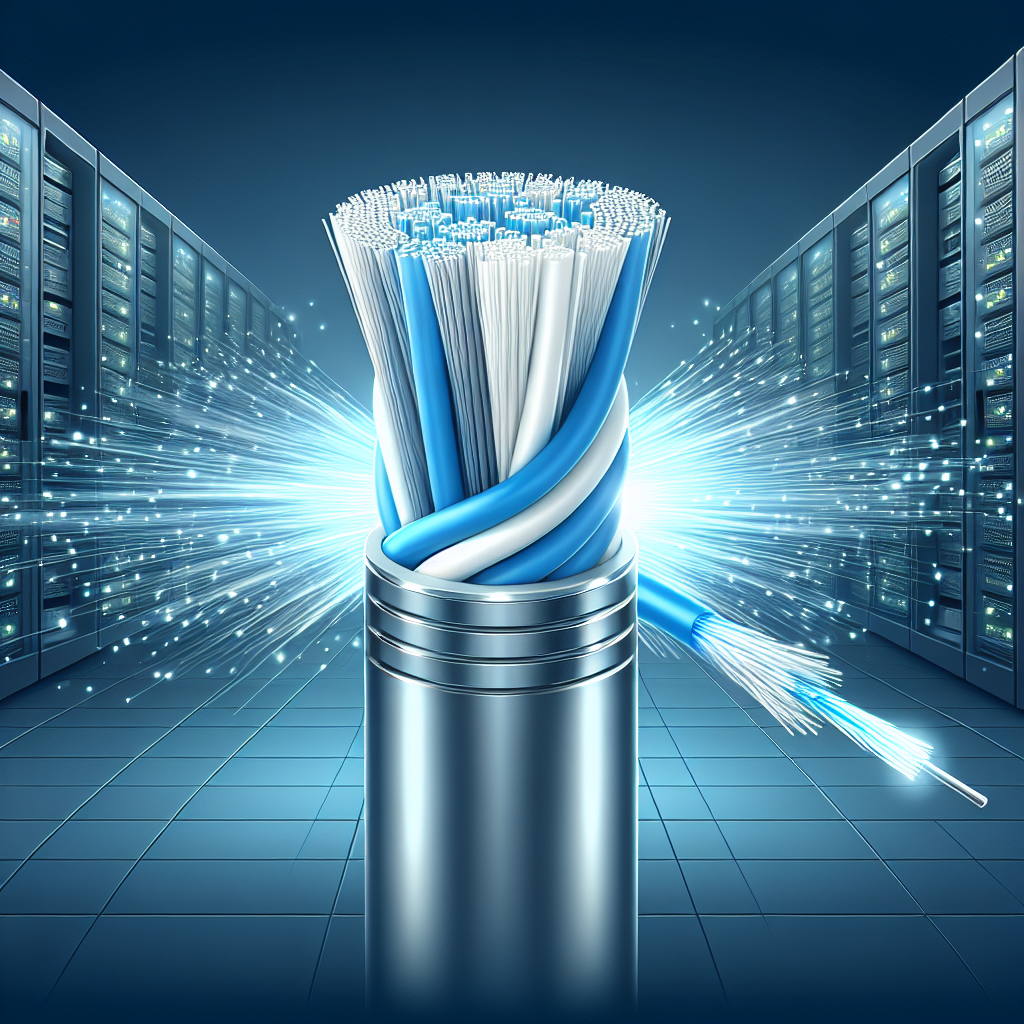Your cart is currently empty!
From Cat6 to Fiber: Understanding the Different Types of Data Center Cabling

In today’s digital age, data centers are crucial for storing and processing large amounts of data. With the increasing demand for faster and more reliable connections, the type of cabling used in data centers plays a significant role in ensuring seamless operations. From Cat6 to fiber, there are various types of cabling options available, each with its own unique characteristics and benefits.
Cat6, short for Category 6, is a type of twisted pair cable that is commonly used for Ethernet connections in data centers. It is designed to support speeds of up to 10 gigabits per second (Gbps) and offers improved performance and reliability compared to its predecessors, such as Cat5 and Cat5e. Cat6 cabling is also backward compatible with older Ethernet standards, making it a versatile choice for data center environments.
One of the main advantages of Cat6 cabling is its affordability and ease of installation. It is widely available and relatively easy to install, making it a popular choice for small to medium-sized data centers. However, Cat6 cabling does have its limitations, particularly in terms of distance and speed. It is not as fast or as reliable as fiber optic cabling, which is why many data centers are now opting to upgrade to fiber.
Fiber optic cabling, on the other hand, uses light signals to transmit data instead of electrical signals. This allows for much faster speeds and longer distances compared to traditional copper cabling. Fiber optic cabling can support speeds of up to 100 Gbps or more, making it ideal for high-performance data centers that require fast and reliable connections.
In addition to its speed and performance benefits, fiber optic cabling is also more secure and immune to electromagnetic interference, making it a more reliable choice for data center environments. However, fiber optic cabling is typically more expensive and harder to install compared to Cat6 cabling, which can be a deterrent for some data center operators.
When deciding between Cat6 and fiber optic cabling for a data center, it is important to consider factors such as speed, distance, reliability, and budget. While Cat6 cabling may be sufficient for smaller data centers with lower bandwidth requirements, larger data centers that require high-speed connections and long distances may benefit from upgrading to fiber optic cabling.
Ultimately, the choice between Cat6 and fiber optic cabling will depend on the specific needs and requirements of the data center. By understanding the differences between these two types of cabling, data center operators can make informed decisions that will help ensure the smooth and efficient operation of their facilities.

Leave a Reply